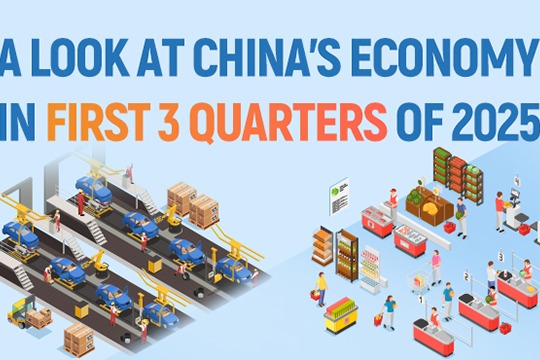Hydrogen upping ante in green energy portfolio


China is setting its sights on substantial industrial-scale breakthroughs in hydrogen energy during its 15th Five-Year Plan period (2026-30), with a strategic aim to achieve regional self-sufficiency in renewable and clean low-carbon hydrogen.
This ambitious goal will be supported by the formation of a comprehensive technological innovation system and robust infrastructure, propelling the sector into a new phase of large-scale, market-oriented development, according to top energy officials.
The nation cemented its preeminent global standing in hydrogen development last year, with total hydrogen production and consumption exceeding 36.5 million metric tons, securing its position as the world leader, said Liu Deshun, director-general of the National Energy Administration's science and technology department.
This dominance extends to infrastructure, with China boasting over 560 hydrogen fueling stations and the world's largest fleet of fuel cell commercial vehicles, exceeding 25,000 units, Liu said during the recently held High-quality Development of Hydrogen Industry forum, a sub-forum of the 2025 International Forum on Energy Transition organized by the NEA in Suzhou, Jiangsu province.
Furthermore, its capacity for renewable energy-based hydrogen production now accounts for over 50 percent of the global total, underscoring its significant role in the clean hydrogen transition, he added.
Liu also highlighted China's vigorous push for technological innovation, with 27 "first-of-a-kind "hydrogen energy equipment items identified across five batches in recent years.
Industry experts believe China's hydrogen industry has entered a rapid development phase, supported by a series of policy measures.
The Energy Law introduced last year officially included hydrogen in China's energy management framework, representing the chemical's huge development potential and scalable application scenarios, said Bian Guangqi, deputy director-general of the NEA's science and technology department.
According to industry forecasts, global hydrogen demand could reach hundreds of millions of tons by 2050, with green hydrogen accounting for the majority.
As China intensifies efforts to achieve its carbon peaking and neutrality goals, green hydrogen and green methanol are emerging as critical solutions for deep decarbonization, said Lin Boqiang, head of the China Institute for Studies in Energy Policy at Xiamen University.
Lin emphasized hydrogen's role as an abundant, green, low-carbon and versatile secondary energy source that, through deep synergy with other energy varieties, can foster a diverse and integrated new energy system.
China has cultivated the world's most extensive hydrogen industry system, marked by rapid growth across all segments — production, storage, transport and application, he said.
The NEA said that by the end of 2024, the nation's annual hydrogen production capacity had surpassed 50 million tons, with total output exceeding 36.5 million tons, cementing its status as both the largest producer and consumer of hydrogen globally.
The deployment of large-scale renewable energy-based hydrogen production projects is gaining momentum, particularly in resource-rich regions such as the northwestern, northern and northeastern parts of the country, said Bian.
Approximately 600 renewable hydrogen production projects were planned nationwide as of September, with around 100 already operational, contributing an estimated capacity of 220,000 tons per year.
This strategic integration is expected to significantly enhance renewable energy resource allocation and utilization, unlocking broader possibilities for development, said Bian.
Bian added that China has also nurtured a dynamic and integrated hydrogen energy innovation ecosystem, characterized by active investment from a diverse array of enterprises, alongside research institutions, driving breakthroughs in fundamental research, critical technologies and disruptive innovations.
This collaborative environment comprehensively covers core materials, components, manufacturing equipment and production processes, providing robust support for the industry's layout and scaled production, he said, adding that the NEA has been actively engaged in international cooperation within the hydrogen sector, contributing to global efforts toward a clean and low-carbon energy transition by providing critical equipment and green hydrogen products to international projects.




































